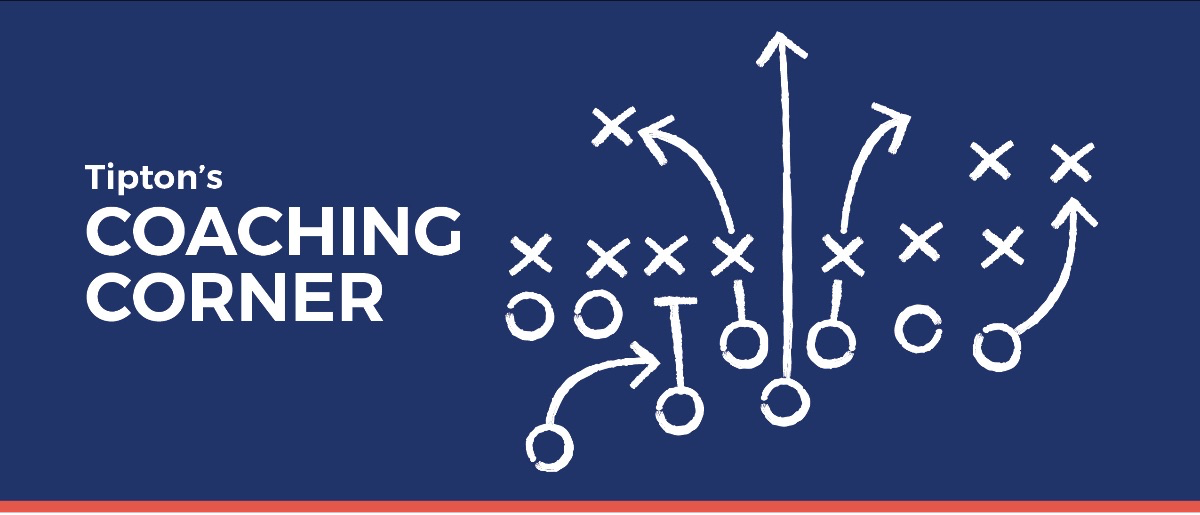
The EP15 example focuses on nurses working as part of an interprofessional team to address ethical issues. The key to scoring well for this example is to describe and demonstrate the nurse’s(s’) actions in addressing the ethical issue(s) related to a specific patient’s care. Two of the most common challenges we see with this example include a lack of a true ethical dilemma or examples that do not show that it was the patient’s nurse(s) who accessed resources to solve the ethical dilemma. Here are our tips for writing a strong EP15 example.
Writing to EP15
The most important step in a strong EP15 example is to ensure that it goes beyond being a sad or difficult story and demonstrates a true ethical dilemma for the patient’s nurse(s) and care team. Common scenarios we see in this example may involve unhoused patients, terminally ill patients, and patients with catastrophic injuries. Examples of ethical issues for such scenarios may include:
- The patient does not have decision-making capacity and does not have a documented surrogate decision-maker.
- The patient is a minor, and the legal guardians disagree on the proposed plan of care.
- The patient is not willing to or capable of adhering to self-management needed with the proposed plan of care.
- The patient or family disagrees with the healthcare team about difficult to navigate end-of-life decisions. While some healthcare team members may accept that prolonging suffering would be inhumane, the patient, family, or nurse may struggle with questions like, “Is it right to end a life?” or “Is this what the patient would want?” or “Will the patient’s unhealthy lifestyle support the complex care needed?”
- A patient refuses treatment the nurse and medical team consider beneficial.
- The patient chooses a plan of care the nurse and medical team considers to be more risky than standard practice.
- The patient ignores or avoids necessary healthcare interventions.
Demonstrating Nurses Utilizing Resources
Beyond ensuring that the example focuses on a true ethical dilemma, it’s also important to ensure that the narrative and evidence demonstrate that the patient’s nurse(s) accessed ethical resources to understand the issue. These may include the American Nurses Association (ANA) Code of Ethics, a consultation with the hospital’s Ethics Committee, hospital policies, peer reviewed nurse ethics articles, etc. We will then need to demonstrate that the nurse(s) applied the ethical resources to address the issue, such as by having a care conference or patient/family meeting. Lastly, a strong EP15 example will demonstrate the results achieved after applying the ethical resources, such as the ultimate guidance and recommendations that resulted from the nurse’s(s’) and interprofessional team’s work.
Evidence for EP15
Strong evidence for this example will demonstrate the patient’s nurse(s) identifying the ethical issue(s) related to clinical practice. This may include redacted versions of the patient’s EMR, screenshots of nurse’s notes, or a notification written by the nurse to another healthcare professional, such as a manager or physician. Strong evidence will also prove that it was the patient’s nurse(s) who accessed the ethical resources, such as redacted EMR screenshots or email threads that demonstrate the nurse’s(s’) role in accessing the ethical resource. The files will likely include physicians, ethicists, or other healthcare professionals, but they must name the patient’s nurse(s). Lastly, strong EP15 examples will feature evidence that “proves” the nurse(s) applied the ethical resource(s) to the patient’s care, such as redacted EMR screenshots or consult notes that highlight the nurse’s(s’) contributions by name. We also strongly recommend highlighting these contributions by name in the narrative itself. Because EP15 is a patient-specific example, ensure that the narrative is free of PHI and that all evidence files are redacted.
ANA Code of Ethics Update
In January 2025, the ANA released a revised Code of Ethics for Nurses (ANA Code). Four core ethical principles – autonomy (respecting patient choice), non-maleficence (avoiding harm), beneficence (doing good), and justice (fairness/impartiality) – serve as the foundation for the 10 ANA Code of Ethics provisions. The ANA Code is the nurse’s play book for ethical decision-making, and the ethical issues in EP15 generally involve one or more of the four core ethical principles. While the updates may not affect how EP15 is approached and written, we recommend checking them with the provided links. Good luck writing your future EP15 examples!
Key References:
American Nurses Association. (2023). Why ethics in nursing matters. Accessed at https://www.nursingworld.org/content-hub/resources/workplace/why-ethics-in-nursing-matters/
American Nurses Association. (2025). Provisions. Accessed at https://codeofethics.ana.org/provisions
Nursing Education Staff. (2024). Nurse insights: What are the ethical dilemmas nurses face? Accessed at https://nursingeducation.org/insights/ethical-dilemmas/
Ball, W. S. (n.d.). Nurse Plus: Nursing Code of Ethics 2025. Accessed at https://nurse.plus/become-a-nurse/nursing-code-of-ethics/
CURRENT ISSUE
PAST ISSUES
Let Us Know How We Are Doing and How We Can Better Support You.
We are absolutely dedicated to your success. We form deep partnerships with our clients based on trust. That requires continuous conversation. Tell us how we can better serve you.
